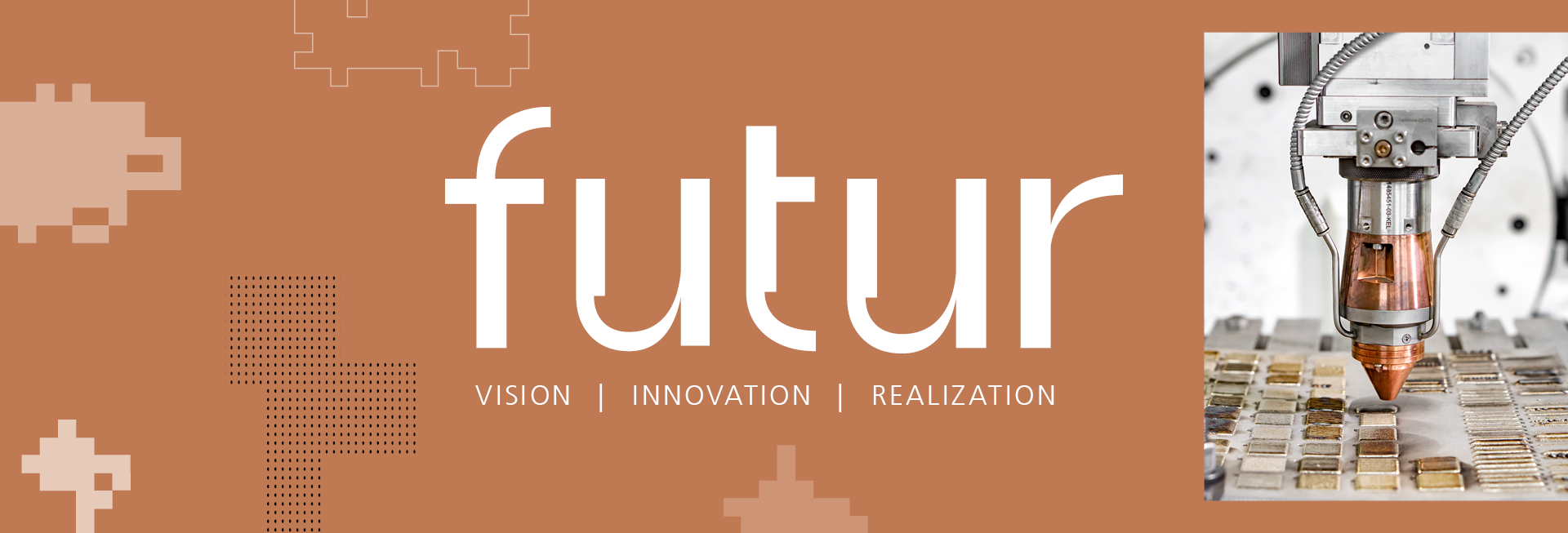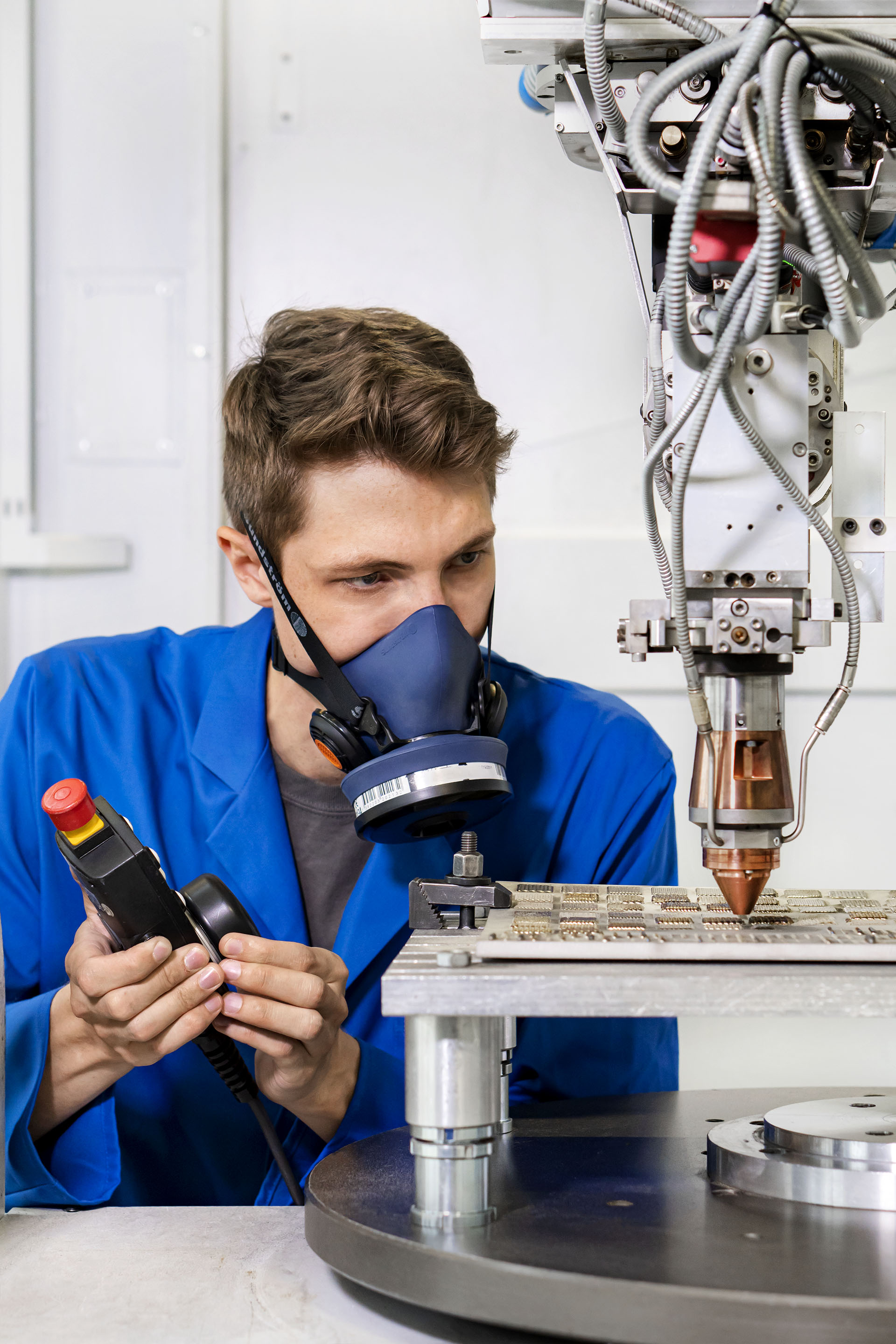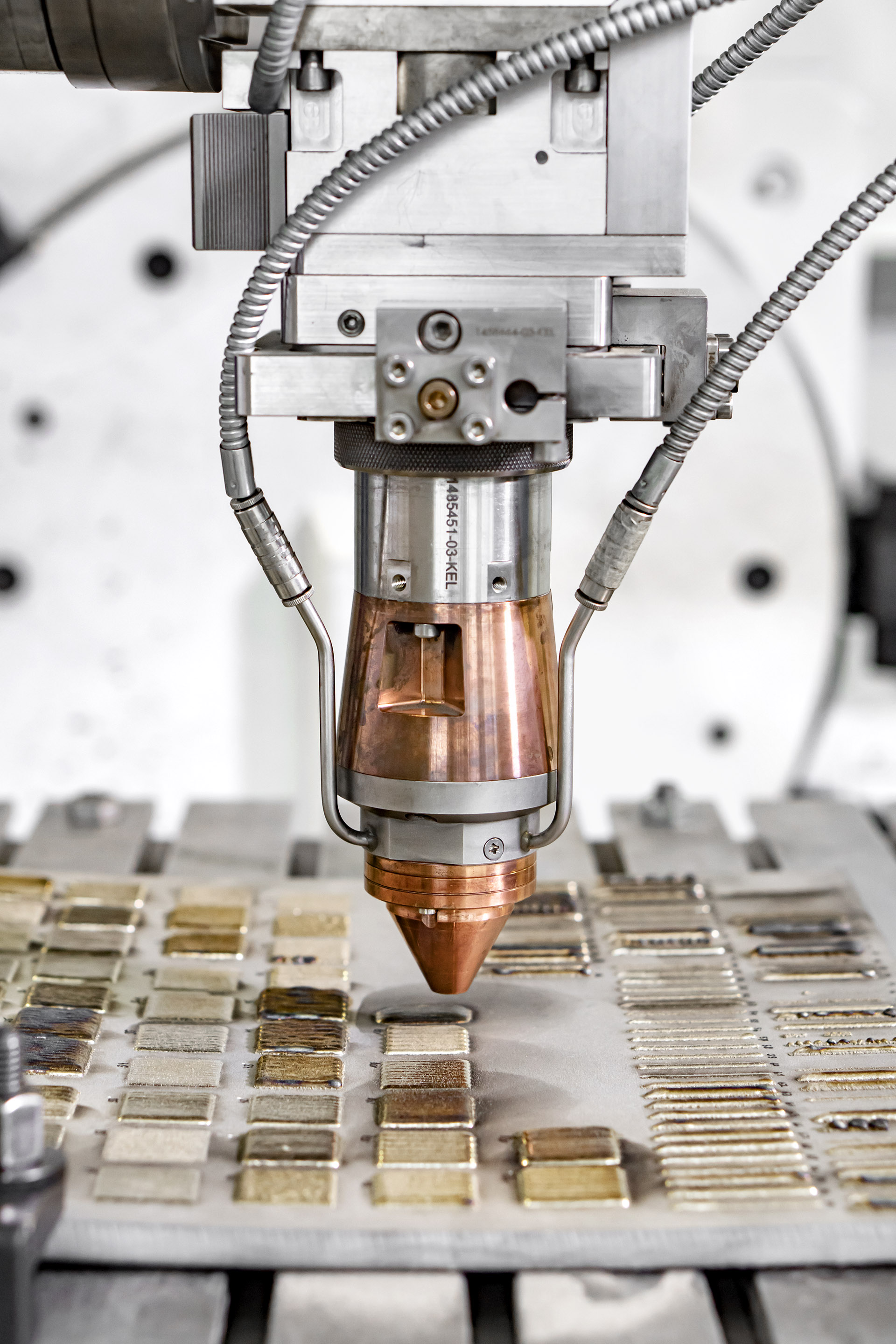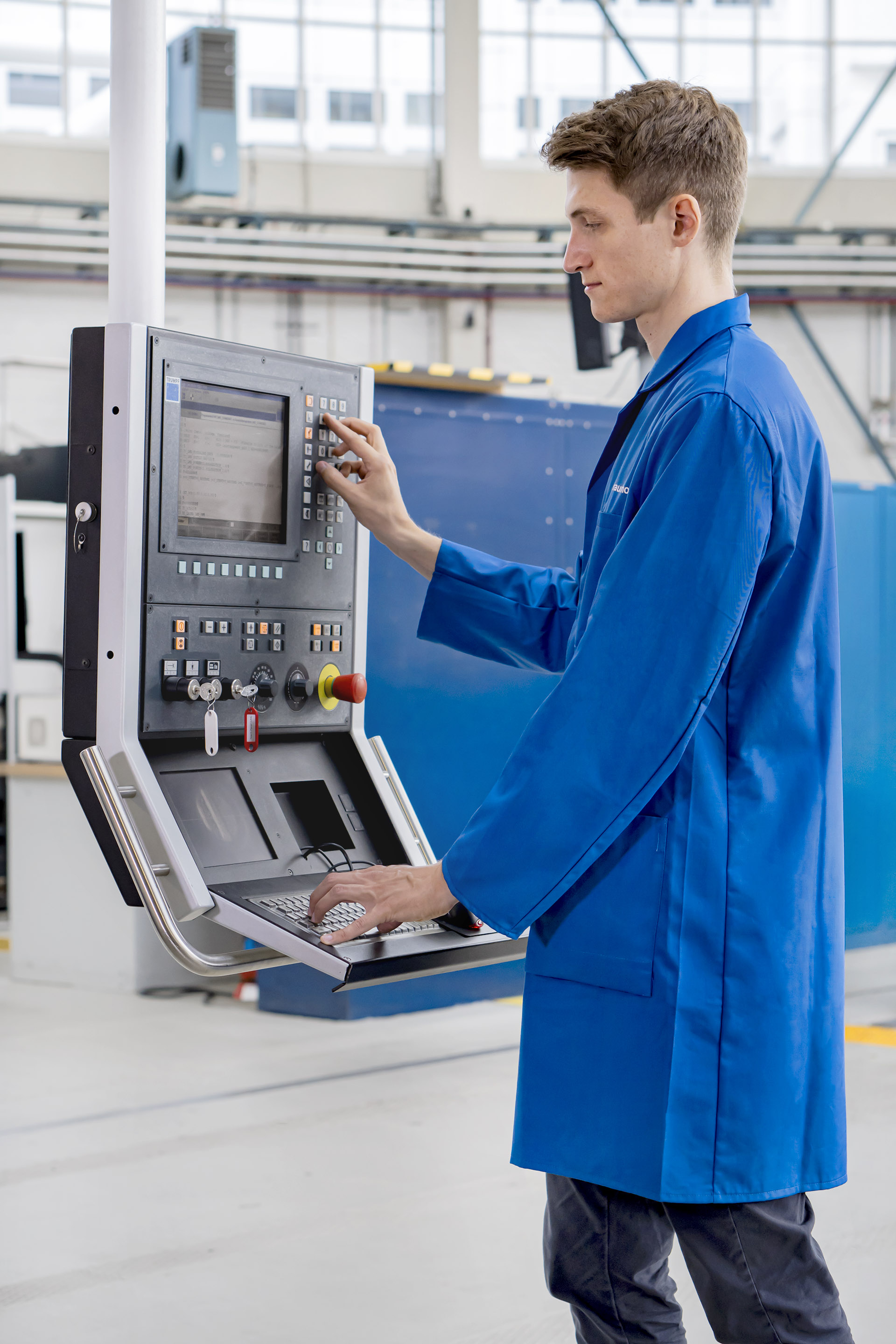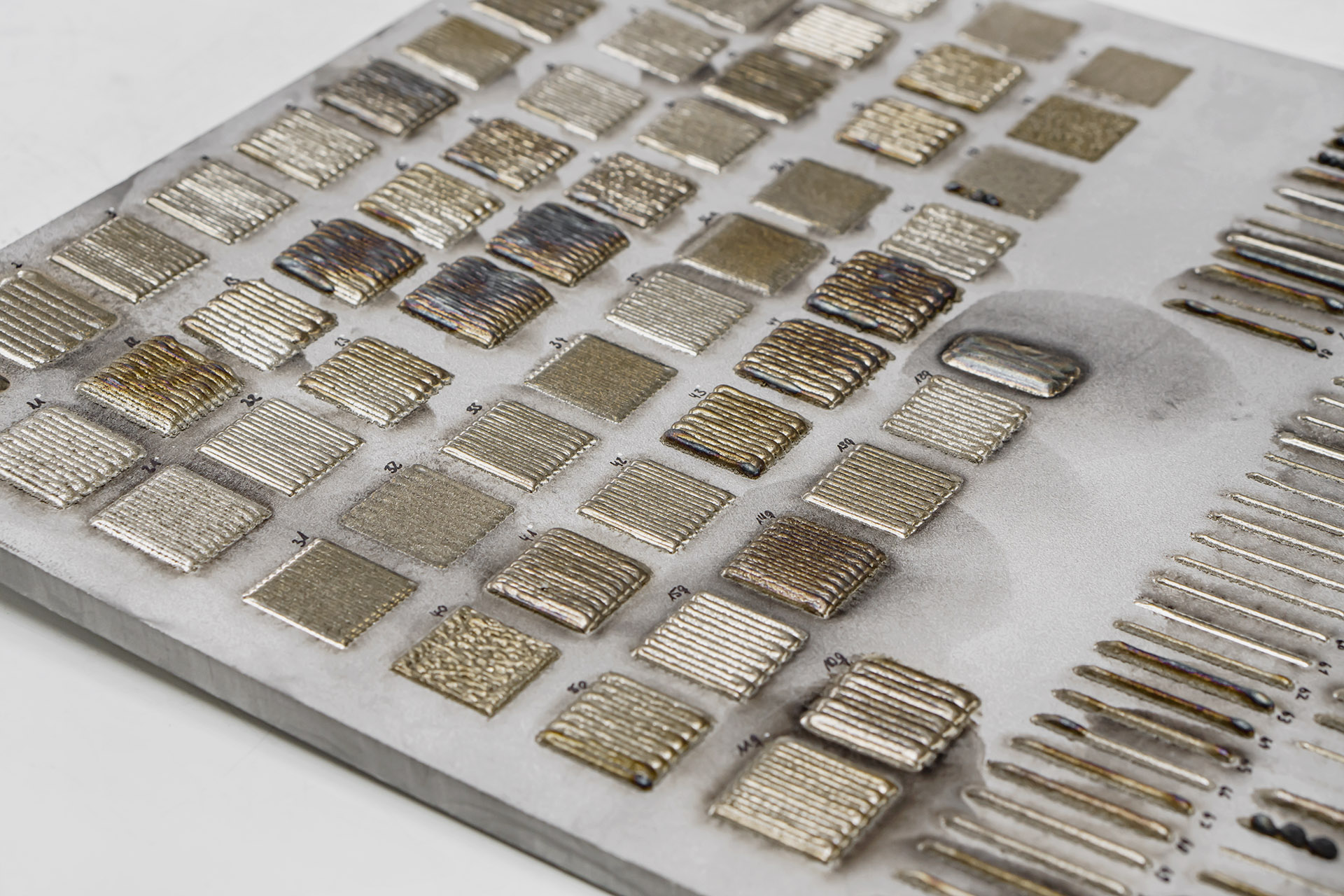Welding Technology Meets Artificial Intelligence
Pores, fine holes, poor bonding, spatter, microcracks in a layer – all these are typical defects that can occur during laser powder directed energy deposition (DED). Considering the multilayer structure of this additive process, these defects can lead to deviations in shape and irreparable damage, thereby making life difficult for manufacturing companies and end users. In a process that is used for repairing turbine components or applying wear layers, such defects can have fatal consequences for critical components.
At the same time, this manufacturing process has numerous benefits: In addition to a very high process speed, comparatively high deposition rates are achieved with a relatively low energy input. Not only does this minimize distortion, it furthermore preserves the microstructure of the base material. It is therefore a worthwhile investment for manufacturing companies to use the DED process – provided the required quality of the end products can be guaranteed.
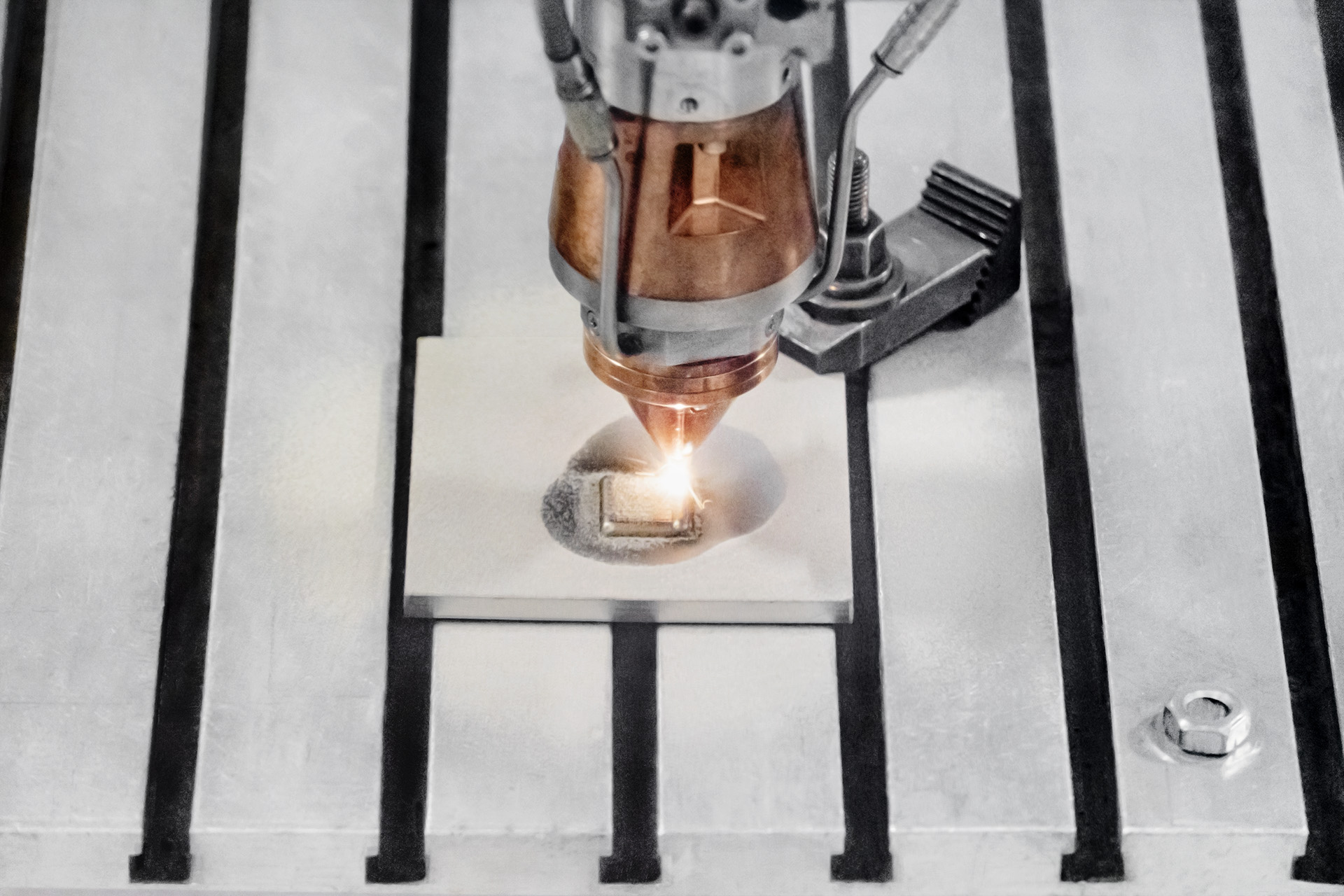
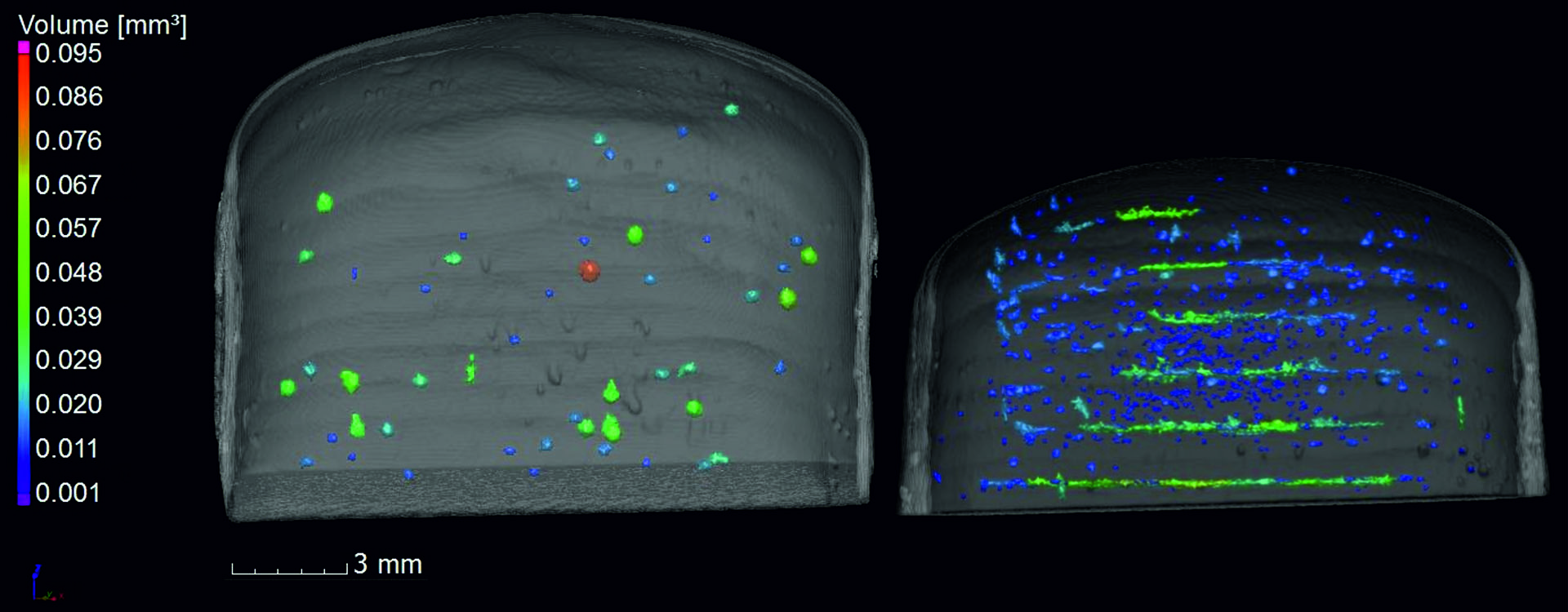
Assuring quality – but how?
Quality assurance in laser powder DED is complicated due to the influence of several parameters, such as the laser power, feed rate, powder mass flow, and laser spot diameter. That is why various sensors are used to monitor the process.
The challenge is now to draw conclusions about the qualitative properties of the component from the measurement data acquired by the sensors. Ideally, the data can also be used to predict process parameters and to document process quality. However, such conclusions are only possible, if large amounts of data are collected over a longer observation period and with high resolution. Suitable algorithms will be required to efficiently evaluate this data. Researchers at Fraunhofer IPK set out to work on this problem.
Neuronally networked
The team uses artificial neural networks to map complex processes such as laser powder DED. In the application, learning or training phases are carried out first.
Due to the iterative design of the network, knowledge gained from previous phases is used to optimize the network itself. After successful validation, the developed neural network serves as a tool for the researchers to analyze data: On the one hand, it is able to respond to previously recorded input data with the corresponding outputs (association). On the other hand, it can map statements to patterns that have not yet been learned (abstraction). This allows for the description of complex interactions between process variables and quality characteristics.
The scientists are currently investigating how different sensors can be combined in order to record certain measurement data during the DED process which is particularly suited for applying AI methods to quality assurance. For this purpose, pyrometers, laser scanners, melt pool cameras, and laser intensity measurement sensors are used.
Once the measurement data from the various sensors has been obtained, it needs to be cleaned up and processed. Only then can the researchers use it as input for an artificial neural network, in addition to the process parameters. To this end, the team needs to find a way to determine the key statistical parameters, such as mean values, maxima, or minima. Furthermore, abstract mathematical quantities, such as Fourier constants, can be extracted. Typical measurement data series yield approximately 1000 of such computable features. Using suitable algorithms, these are prioritized and greatly reduced, creating a solid database for artificial neural networks.
Tangible results
The research findings to date show that defects can be avoided and quality characteristics predicted by employing AI for welding technology. The project team was able to correctly predict the density of additively manufactured components with 97 percent certainty by using AI methods.
Based on such information, users can make decisions as to whether a component is suitable for a particular task or whether it should be classified as scrap. This will allow costs and lead time for downstream testing to be reduced in the future. The researchers are confident that companies will soon be able to bene-fit from the gained knowledge. For one, quality assurance in welding technology could be revolutionized with artificial intelligence. What is still missing is more empirical data from real-world applications, which will be collected in upcoming projects with industrial companies.
 Fraunhofer Institute for Production Systems and Design Technology
Fraunhofer Institute for Production Systems and Design Technology